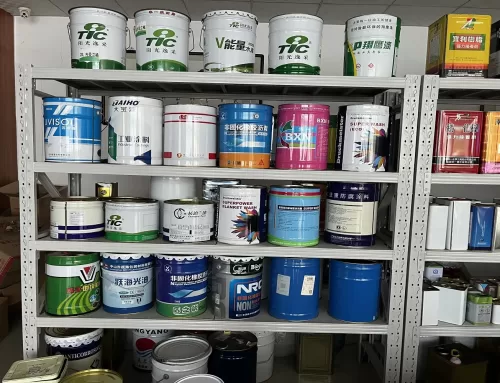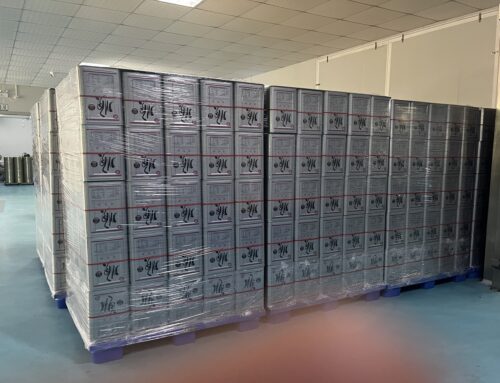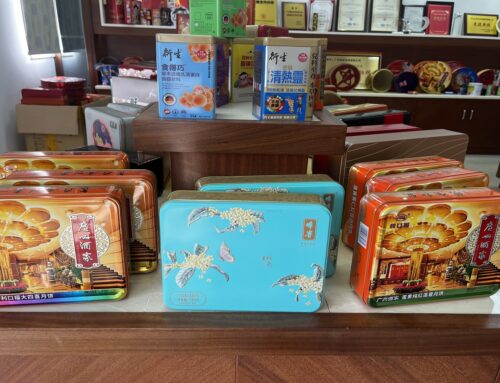The more advanced the society, the more developed it is. Human beings rely more and more on metal can products, and metal can products are getting closer and closer to people’s lives. But how to choose Tinplate Cans, Food Tin Cans, Chemical Cans? Let’s analyze it carefully in the following article, and hope to help everyone.
The development history of metal packaging materials.
The application of metal packaging materials began in 1200 ad. At that time, bohemia, czechoslovakia produced tinplate, but its production technology was not spread until 1620, when the grand duke of southern germany obtained the technology. Metal packaging has only begun to be widely used. In the latter part of the 17th century, people began to use tinplate to make metal buckets to hold dry food. In the 18th century, people began to use food cans to store food. In 1809, a chef and confectioner nicholas appert in paris invented a can storage method, that is, to put food in a wide-mouth bottle, cover it with a cork stopper, give enough temperature to heat sterilize and remove the air, then seal method can save food for a long time without corruption. In 1810, the british peter durand invented the technology of storing food in tin cans using the above principle, and tin cans were born. Before the second world war, with the improvement of rolling technology and the invention of metal can making machines, the output of tinplate increased greatly. After the second world war, due to the shortage of tin resources, in order to save tin, people developed tin-making materials or tin-free tin-making materials. As a result, poor-thickness tinplate, low-tinplate, and tin free thin steel plate came out one after another. In the 20th century, with the improvement of aluminum metallurgy technology, the improvement of rolling technology and the appearance of aluminum foil, aluminum began to be widely used in the packaging industry.
In recent years, the can-making technology has developed rapidly. It started as a three-piece can consisting of three parts: the can body, the can bottom, and the can lid.Later, the can body and the can bottom joined together and the can lid was composed of two parts. Tablet cans. The traditional three-piece tin soldering can uses tin-lead solder to weld the seam of the can body, which consumes much tin, and the lead content in the solder can contaminate the built-in food. With the appearance of tin free thin steel plate, people have successfully developed seam welding process. The process of seam welding cans is based on contact resistance, electric heating and melting, and then applying pressure to weld the can body. Later, there emerged a bonding can, which uses organic adhesives to bond the can body seam making process. Both of these methods eliminate the pollution of lead to the food in the can, and solve the problem that the tin-free steel plate cannot be tin-welded. They are widely used in the packaging of beer and carbonated beverages. The modern and advanced three-piece can manufacturing methods mostly use the seam welding method and the bonding method. It has broad development prospects, and tin solder cans have been eliminated in advanced countries such as europe, america, and japan. With the widespread use of aluminum in packaging, two-piece cans have appeared. Its structural integrity is strong, easy to decorate and print, and soon occupied the beverage packaging market. However, the production of aluminum consumes a lot of electric energy and its high price limits its usage. However, with the continuous improvement of the can-making process, two-piece cans have been successfully Produced using tin-plated thin steel plates and tin free thin steel plates, and automated production lines have been used in industrial production to greatly improve the efficiency of can-making( it can reach 400 cans / min; the production speed of two-piece cans can reach 800-1200 cans / min), so the application prospect of metal cans in packaging is still very optimistic. Consumers are buying tinplate cans, food cans, chemical cans, want to buy good quality products, from the following aspects to choose.
1.Appearance quality requirements:
1.The outer height h of the round empty can is equal to the finished product specification, the outer height h plus 0.2 ~ 0.3 mm.
2.The body of the empty can and the sealing curling edge should be free of rust. The buns are allowed to have indistinct corners and light emblems. The unwinding requires uniform marking, good unwinding, no bad marking and welding tongue
3. Various round empty cans should meet the hygiene requirements of the food industry.
4.The main patterns and characters of the iron logo printed on the outside of the cans must not have serious scratches and mechanical damages, non major patterns are allowed to exist if they are scattered in a small amount and do not affect the appearance.
5.The tin layer or coating on the inner wall of the empty cans must not have serious scratches and mechanical damages, however, those that are slight and do not sound after loading the contents are allowed to exist.
6.The externally printed iron trademark does not fall off after the sterilization test, the coating film has no obvious difference, and maintains a good gloss.
7.The coating on the inner wall of the empty cans does not fall off, and there is no scorch. After the sterilization test, the inner wall coating does not change color and does not fall off.
8.There must be no serious bumps in the flanging of empty cans.
9.The empty cans shall be free of serious collision and edge curling damage caused by mechanical collision.




